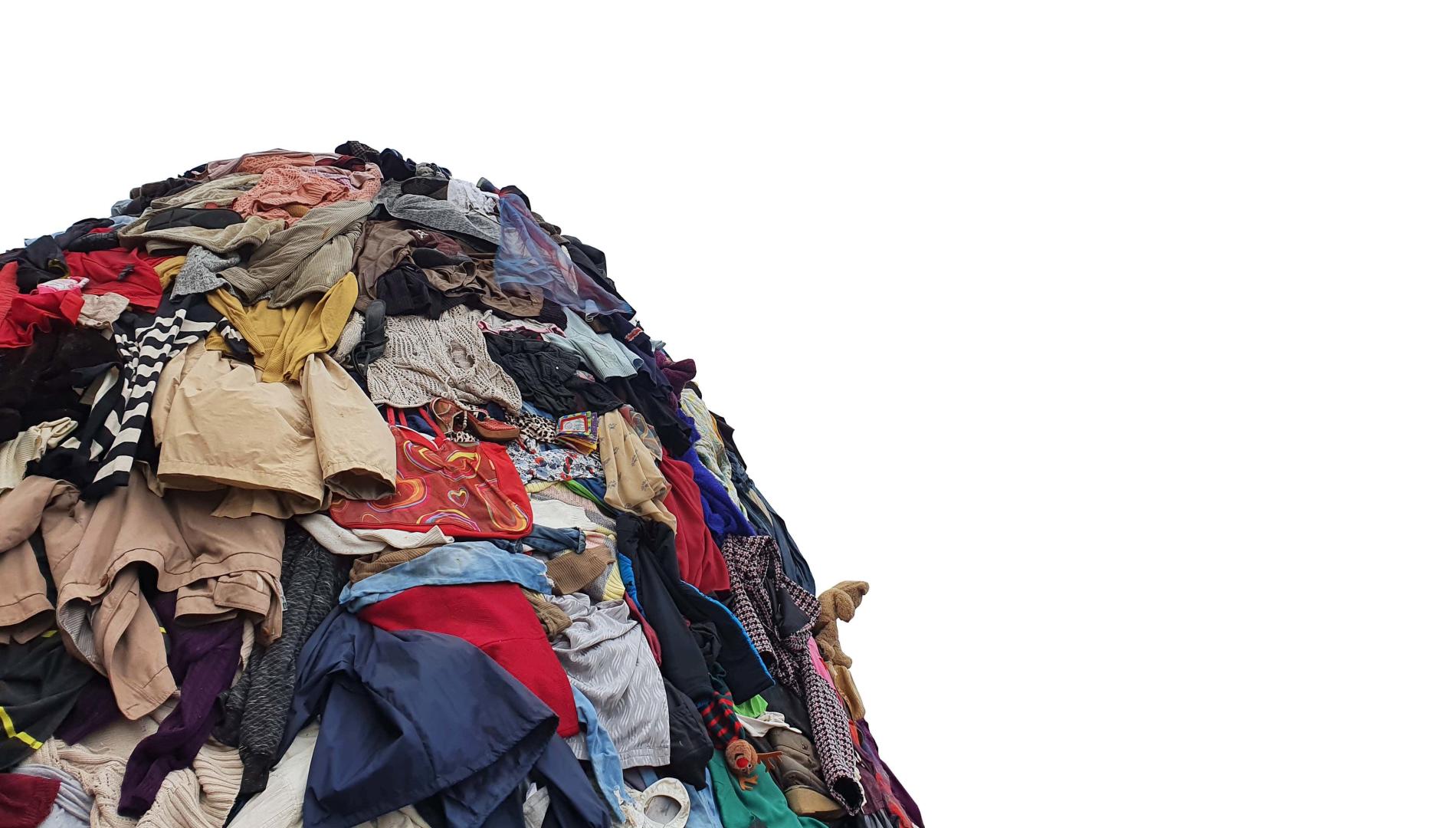From crunch to crisis: How Australians are changing their spending and retail habits
Cost-of-living pressures remain top of mind for many Australian consumers. Data from the latest Westpac Melbourne Institute Consumer Sentiment Index shows Australians are still feeling deeply financially pessimistic, continuing a two-year downward trend.
On the other side of the coin, retailers are also feeling the pressure, with data from ASIC showing retail insolvencies have more than doubled in the past two years.
This pessimism isn’t surprising given the latest research from Monash University’s Australian Consumer and Retail Studies (ACRS), which found many Australian shoppers are spending more on necessities such as housing, insurance and groceries, and about the same or less on discretionary items such as clothing.
In addition, more than half of Australian shoppers believe many of these items cost more than they did at the corresponding time last year and, in some cases, believe these prices are unfair.
For the second consecutive year, ACRS ran a pulse survey to gauge Australians’ sentiment about increases in the cost of living, and how their purchasing habits had changed since the corresponding time last year.
Groceries, housing and insurance prices are perceived to cost more than last year – and be unfairly priced
The majority of Australian shoppers reported spending more across essential categories, likely contributing to this pessimism about the cost of living.
We first asked shoppers about their perceptions of the cost of products. Our research found more than half (69%) feel groceries and grocery-related products cost more at the time of the survey than at the corresponding time last year, and a similar sentiment was evident when it comes to housing costs, including rent, mortgage repayments and utility bills (67%), and insurance prices (66%).
Other notable categories where shoppers feel products cost more were personal care (59%), and household products such as homewares and hardware (57%).
Interestingly, while these findings are on par with our results from 2023, the amount shoppers report to be spending on these categories is vastly different year-on-year.
The essential categories were the most likely to be seen by Australian shoppers as unfairly priced, with more than half viewing housing costs (58%), groceries and related products (also 58%), and insurance costs (57%) as being unfair.
Australians feel they’re spending more across all product categories
Compared to the corresponding time last year, many Australian shoppers report they’re spending more across essential categories.
For example, more than half of shoppers reported they spent more on housing (62%), insurance (60%), and groceries (57%) than at the corresponding time last year – and the latter had increased from 49% when we asked the same question in 2023.
Other notable changes year-on-year include apparel and consumer electronics – 35% of shoppers reported they spent more on clothing, footwear and accessories in 2024 compared with last year, up from 27% when we asked the same in 2023, and 32% reported they spent more on consumer electronics in 2024 compared to the corresponding time last year, up from 23% when we asked the same in 2023.
A bad time to buy big items
Unsurprisingly, given the cost-of-living crisis and the pressures Australian households are facing, our research indicated shoppers feel it’s a bad time to buy big-ticket items.
More than half of Australian shoppers reported holding off or deferring purchase until sales or special deals more now than they did at the corresponding time year (58%, up from 50% when we asked the same question in 2023), and half even say they’re holding off or deferring purchases indefinitely more than last year (52%, up from 43% in 2023).
Further indications that Aussies seem to be more price-driven than ever before is the finding that just over half of Australians we surveyed reported they shop for lower-priced brands more now than they did last year (54%, up from 47% when we asked the same question in 2023), and that almost half (42%) reported shopping for pre-owned or second-hand products more than last year.
The majority of Australians are still managing to save at least some of their monthly income
It’s clear many Australians are revisiting their usual spending habits, so this year we also asked shoppers about their saving habits.
We found 82% are saving at least a portion of their monthly income – although unfortunately this means 18% are unable or choosing not to save at all.
Of those who do save some of their monthly income, 36% of these people save 10% or less. The most popular savings methods were traditional savings accounts (71%), high-interest savings accounts (28%), shares (24%), saving physical cash (20%), and fixed interest investments (19%).
As living costs continue to rise, it’s clear Australians are changing their buying behaviours in response to financial pessimism. What remains to be seen is how much longer this downward trend will continue.
ACRS’ shopper satisfaction research program continually monitors shoppers’ retail experience throughout the year. The data featured in this article was collected from n=392 randomly selected Australian shoppers during the month of April.










